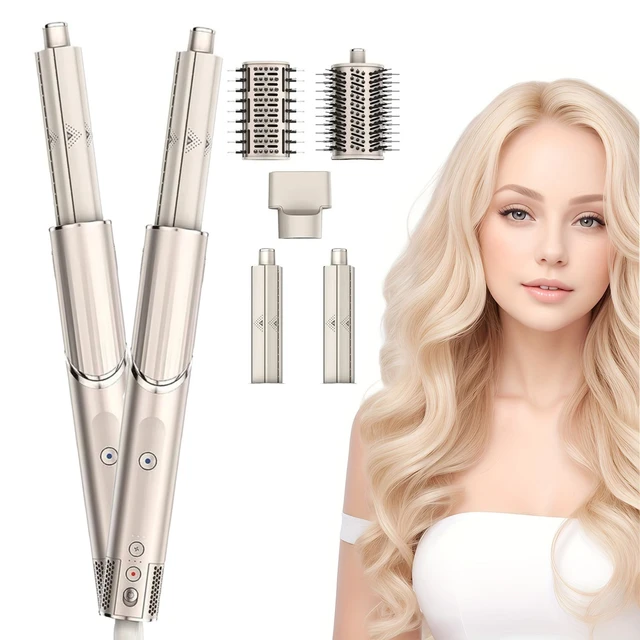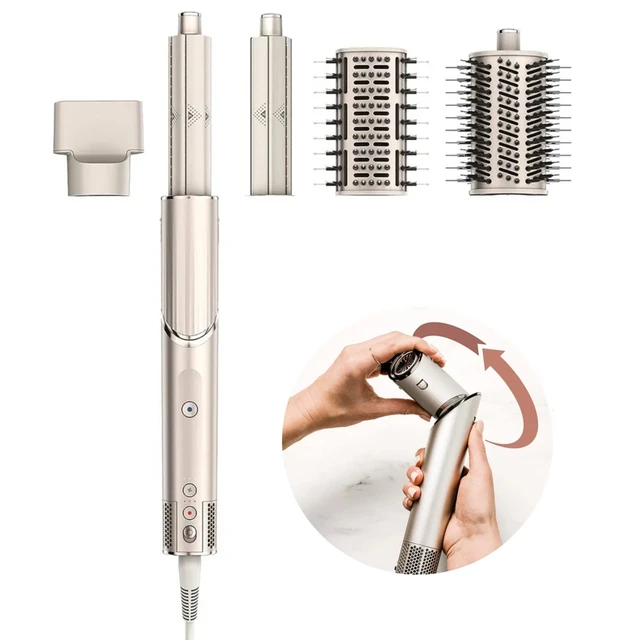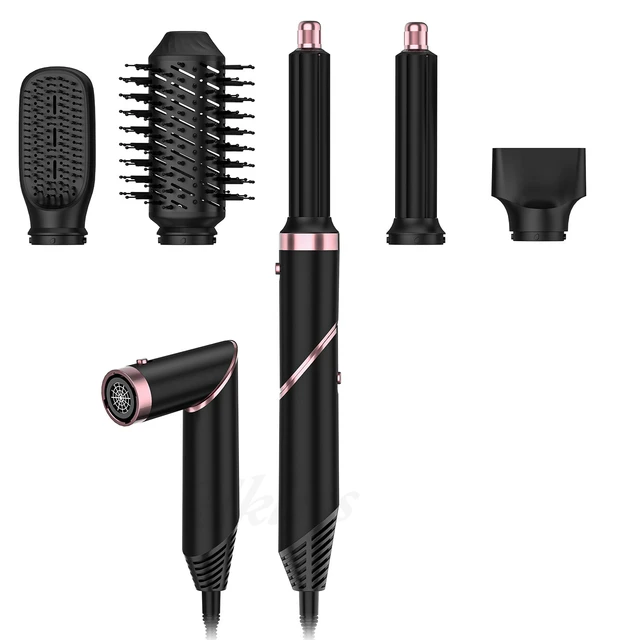When it comes to personal grooming, a reliable hair dryer is an essential tool. The Shark hair dryer, known for its innovative technology and efficient drying capabilities, is a popular choice among consumers. However, many users have experienced their Shark hair dryer unexpectedly stopping during use. This issue can be frustrating, especially when you’re in the process of styling your hair. Understanding why your Shark hair dryer keeps stopping can lead to effective solutions and enhance your overall user experience.
Understanding the Mechanism of a Hair Dryer
Before delving into possible reasons for your hair dryer stopping, it’s essential to understand how these devices operate. Hair dryers work by using a motor that blows air through a heating element. This heat evaporates the moisture in your hair, effectively drying it. The two main components—the motor and the heating element—can contribute to issues if they malfunction or become obstructed.
Components of a Hair Dryer
- Motor: The motor powers the fan that blows air. A strong motor can impact the drying efficiency.
- Heating Element: Usually made of metal, this element heats up and warms the airflow.
- Filters: Air intake filters help with airflow and prevent dust from clogging the motor.
- Fan Blades: The blades help in pushing hot air out of the dryer.
Knowing how these parts contribute to the dryer’s functionality can help diagnose problems.
Common Reasons Your Shark Hair Dryer Keeps Stopping
When your Shark hair dryer suddenly stops working, it can stem from various causes. Understanding these potential issues is crucial for troubleshooting and repair.
Overheating
One of the most common reasons for hair dryers stopping is overheating. This occurs when the internal components of the dryer get too hot, causing a thermal fuse or cut-off mechanism to activate.
Signs of Overheating
- The dryer becomes hot to the touch.
- A burning smell may be apparent.
- The motor sounds strained or makes unusual noises.
Solutions to Overheating
- Allow it to cool down: When you notice your hair dryer feels excessively warm, discontinue use for a while. Allowing it to cool can help reset the thermal fuse.
- Reduce drying time: If you’re using high heat settings, consider switching to lower settings or taking breaks.
- Check the filters: Clean the air intake filters regularly to prevent blockage and overheating.
Blocked Filters
Your Shark hair dryer likely has filters designed to catch dust and debris. When these filters become clogged, airflow is restricted, potentially leading to overheating and causing the dryer to stop.
Signs of Blocked Filters
- Weak airflow even at full power.
- Visible lint or dust buildup on the filters.
Solutions for Blocked Filters
- Regular cleaning: Ensure you clean your filter after several uses or whenever you notice significant buildup.
- Inspect filters frequently: Make it a habit to check your dryer’s filters before use to ensure they are clear.
Electrical Issues
Sometimes, the problem might not lie with your hair dryer but rather the electrical outlet or power source.
Possible Electrical Issues
- Loose connections: If the outlet or power cord has a loose connection, it may cause fluctuations.
- Tripped circuit: Your circuit may trip if too many devices run on the same line.
Solutions for Electrical Issues
- Testing another outlet: Plug the hair dryer into a different outlet to see if it performs correctly.
- Check other devices: Try other appliances with the same outlet to determine if the issue is isolated to the dryer.
Faulty Power Cords
The power cord of your hair dryer can develop faults over time due to wear and tear.
Signs of a Faulty Power Cord
- Frayed wires.
- Discoloration or melting along the length of the cord.
Solutions for Faulty Power Cords
- Inspection: Periodically check your power cord for any visible signs of damage.
- Servicing: If damage is detected, it might be worth consulting a professional technician for repair or replacement.
Age and Wear
Like any appliance, your hair dryer has a lifespan. Over time, wear can cause parts to deteriorate and malfunction.
Signs of Wear
- Decreased performance.
- Increased frequency of stoppage.
Solutions for Age-Related Issues
- Consider replacing: If repair costs approach or exceed the cost of a new unit, it may be time for a replacement.
- Regular maintenance: To extend its lifespan, practice proper maintenance habits, including cleaning and care.
Electrical Overload
Many people run several devices simultaneously. If your hair dryer shares a circuit with high-wattage appliances like heaters or air conditioners, it could lead to electrical overload.
Signs of Electrical Overload
- Frequent circuit trips.
- Flickering lights when using the dryer.
Solutions for Electrical Overload
- Dedicated circuit: Consider using a dedicated circuit for high-wattage appliances.
- Professional inspection: If electrical issues persist, hire an electrician for an inspection of your home wiring.
User Error
Sometimes, the issue may be due to improper usage or settings.
Signs of User Error
- Settings are not compatible with your hair type.
- Forgetting to press buttons correctly.
Solutions for User Error
- Review the manual: Understanding proper operation from the manual can help reduce misuse.
- Experiment with settings: Try different heat and speed settings to identify what works best for your hair.
Moisture Exposure
Hair dryers are designed to expel air, not to come into contact with moisture.
Signs of Moisture Exposure
- Damp hair or humidity in the bathroom.
- The dryer stops only during use in certain areas.
Solutions for Moisture Exposure
- Use in dry conditions: Ensure the area you’re using the dryer in is dry and free from moisture.
- Store properly: Keep your hair dryer in a dry environment when not in use.
Maintenance Tips for Longevity
Preventative measures can mitigate many common issues associated with hair dryers.
Regular Cleaning
Cleaning your hair dryer should be a regular practice to ensure optimal performance. Dust and hair can quickly clog filters.
- Monthly checks: Conduct monthly inspections of the filters and internals.
- Use a soft brush: A soft brush can help dislodge any buildup without damaging components.
Proper Storage
How you store your hair dryer can affect its longevity.
- Cool down completely: Allow the dryer to cool before storing it to prevent any internal heating.
- Avoid tangled cords: Coil the power cord gently to prevent damage and kinking.
Usage Habits
Your usage habits can significantly impact your hair dryer’s efficiency and longevity.
- Limit duration: Avoid extended use periods and take breaks to reduce heat buildup.
- Use at lower settings: When possible, opt for a lower heat setting suited to your hair type.
 Troubleshooting Steps for Your Shark Hair Dryer
Troubleshooting Steps for Your Shark Hair Dryer
If your Shark hair dryer keeps stopping, consider the following troubleshooting steps.
- Step 1: Unplug and Inspect
- Begin by unplugging the dryer and inspecting the cord, filters, and exterior for visible wear or damage.
- Step 2: Clean the Filters
- Remove any trapped hair or debris. Make sure that airflow is not obstructed.
- Step 3: Test the Electrical Outlet
- Try using the hair dryer in an alternate outlet. If it works, the issue may be with the previous outlet.
- Step 4: Check for Overheating Signs
- If the dryer feels too hot, allow it to cool down before using again.
- Step 5: Inspect Internal Components
- If possible, inspect the internal components and ensure there are no loose parts or visible damage.
Conclusion
In conclusion, if you’re wondering why your Shark hair dryer keeps stopping, it’s a multifaceted issue that could stem from overheating, blocked filters, electrical issues, and user error among others. By understanding potential causes and implementing proper maintenance, you can enhance the reliability and lifespan of your hair dryer. Remember that a reliable hair dryer is not only about efficiency but also about taking care of the gadget itself. With attentiveness and proper care, your Shark hair dryer can continue to be a dependable tool in your styling routine for years to come.

